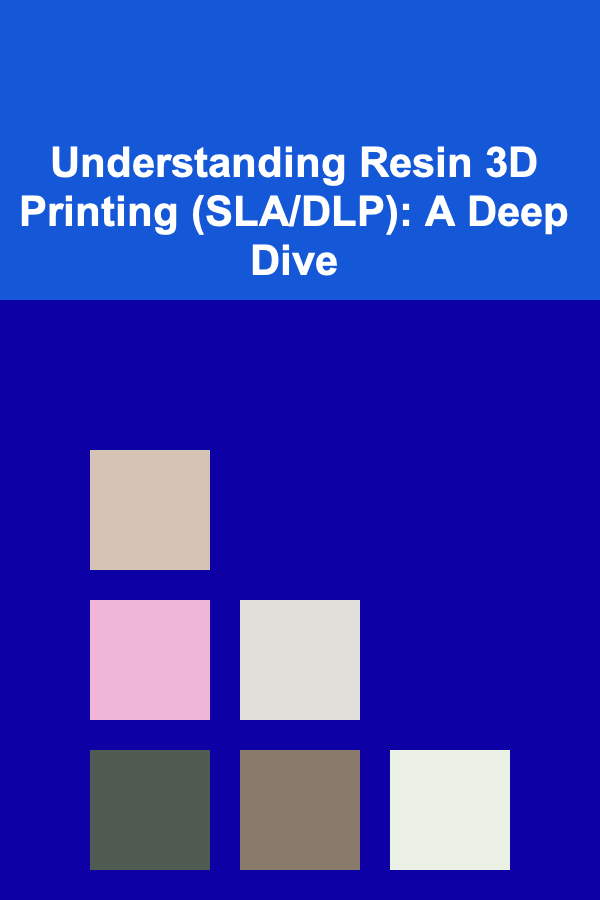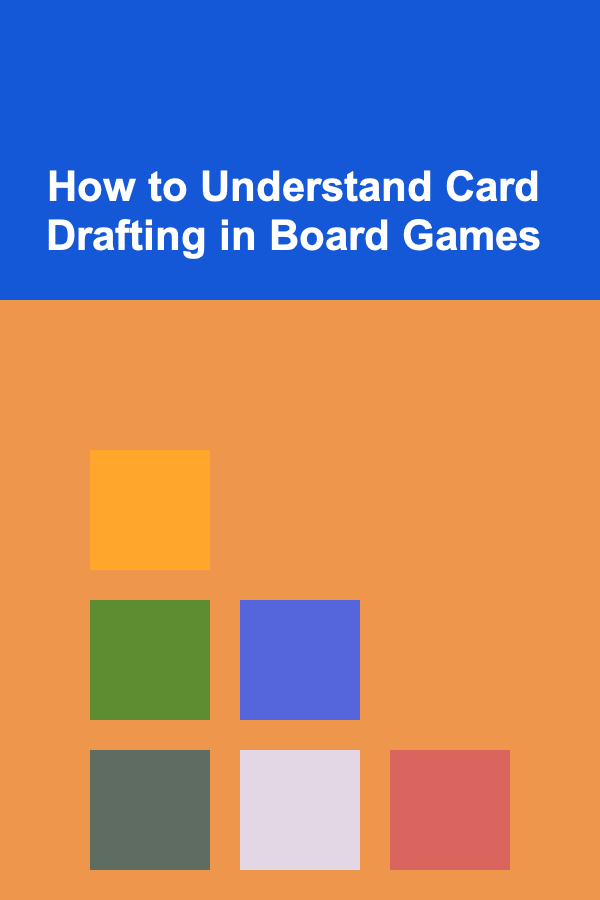
Understanding Resin 3D Printing (SLA/DLP): A Deep Dive
ebook include PDF & Audio bundle (Micro Guide)
$12.99$11.99
Limited Time Offer! Order within the next:

Introduction: The World of Resin 3D Printing
Resin 3D printing, encompassing technologies like Stereolithography (SLA) and Digital Light Processing (DLP), has revolutionized the additive manufacturing landscape. Unlike Filament-based 3D printing (FDM), which uses heated plastic filaments, resin printing relies on liquid photopolymer resins that solidify when exposed to specific wavelengths of light. This process enables the creation of incredibly detailed and smooth objects, making it a preferred choice for applications requiring high precision, such as jewelry design, dental models, miniature figurines, and functional prototypes. While offering superior resolution, resin printing also comes with its own set of challenges, including material handling, post-processing requirements, and considerations regarding safety.
This comprehensive guide delves into the core principles, technologies, materials, workflow, advantages, disadvantages, and safety aspects of resin 3D printing, providing you with a thorough understanding of this fascinating and powerful technology.
SLA and DLP: Understanding the Core Technologies
Stereolithography (SLA)
SLA, one of the earliest forms of 3D printing, uses a laser to selectively cure liquid resin. The process begins with a vat of liquid photopolymer resin. A laser beam, guided by mirrors (galvanometers), traces the cross-section of the object onto the resin surface. Wherever the laser strikes, the resin hardens, forming a solid layer. The build platform then lowers (or the resin vat rises, depending on the machine's configuration) by a small increment (typically between 25 and 100 microns), and the process repeats, building the object layer by layer. A sweeper arm might be used to redistribute the resin after each layer to ensure uniform coverage.
Key Characteristics of SLA:
- Laser Precision: The use of a focused laser beam allows for exceptionally fine details and smooth surface finishes.
- Slow Print Speeds: Because the laser traces each point individually, SLA printing tends to be slower than DLP, especially for parts with large cross-sectional areas.
- Accurate and Detailed: SLA excels at producing parts with high dimensional accuracy and intricate features.
- Cost-Effective for Small Parts: While overall print speeds might be slower, SLA machines can be relatively cost-effective for producing small, high-detail parts.
Digital Light Processing (DLP)
DLP employs a projector to cure entire layers of resin simultaneously. Instead of a laser tracing individual points, a digital projector shines an image of the entire layer onto the resin surface. The projector uses Digital Micromirror Device (DMD) technology, which consists of millions of tiny mirrors that can be individually controlled to direct light. The light hardens the resin, and like SLA, the build platform moves to allow the next layer to be printed. Because the entire layer is cured at once, DLP is generally faster than SLA, particularly for objects with large, solid cross-sections.
Key Characteristics of DLP:
- Faster Print Speeds: Curing entire layers simultaneously allows for significantly faster print speeds compared to SLA.
- Pixelation: Since DLP relies on a projector and pixel-based images, there is a potential for slight pixelation or "stair-stepping" effect, although this is often minimized by high-resolution projectors.
- Efficient for Complex Geometries: DLP is particularly well-suited for printing complex geometries and large batches of small parts due to its faster print speeds.
- Even Exposure: Layer exposure is very even, leading to consistent curing across the entire print area.
SLA vs. DLP: A Comparative Summary
The choice between SLA and DLP depends on the specific requirements of the application. SLA offers potentially slightly higher precision due to the laser's pinpoint accuracy, while DLP boasts faster print speeds, especially for parts with large cross-sections. Pixelation can be a concern with DLP, but modern projectors often have high enough resolution to minimize this effect. Ultimately, the best technology depends on factors such as the desired level of detail, print speed requirements, and budget.

DIY Home Repairs and Improvements: A Beginner's Guide to Fixing Your Space
Read More
How to Create a Content Strategy for Consistent YouTube Uploads
Read More
How to Decorate Your Home for a Fabulous Party Atmosphere
Read More
How to Maximize Closet Space with Clever Organization Tips
Read More
How to Understand Card Drafting in Board Games
Read More
How to Manage AI Projects Successfully
Read MoreOther Products

DIY Home Repairs and Improvements: A Beginner's Guide to Fixing Your Space
Read More
How to Create a Content Strategy for Consistent YouTube Uploads
Read More
How to Decorate Your Home for a Fabulous Party Atmosphere
Read More
How to Maximize Closet Space with Clever Organization Tips
Read More
How to Understand Card Drafting in Board Games
Read More